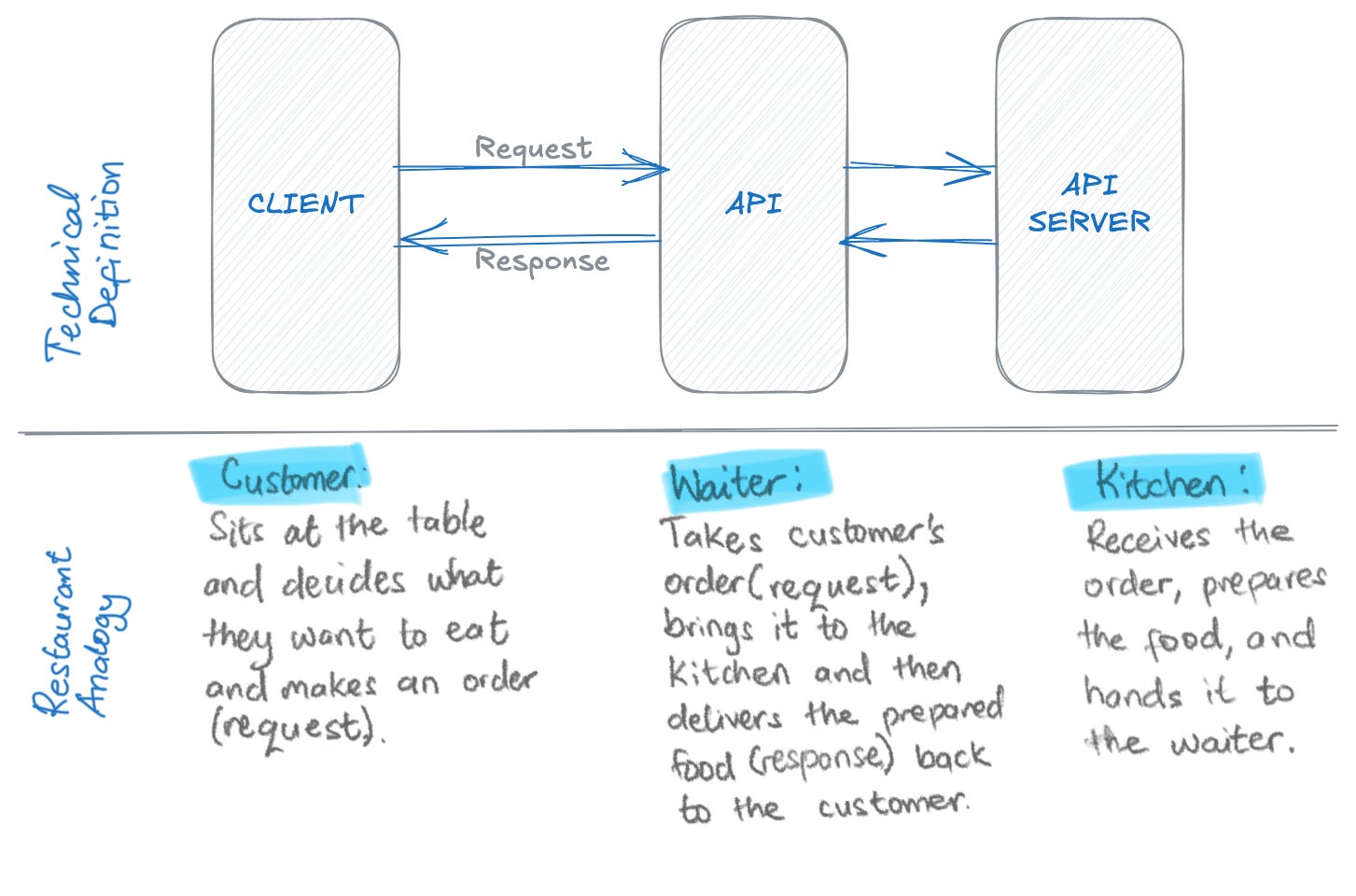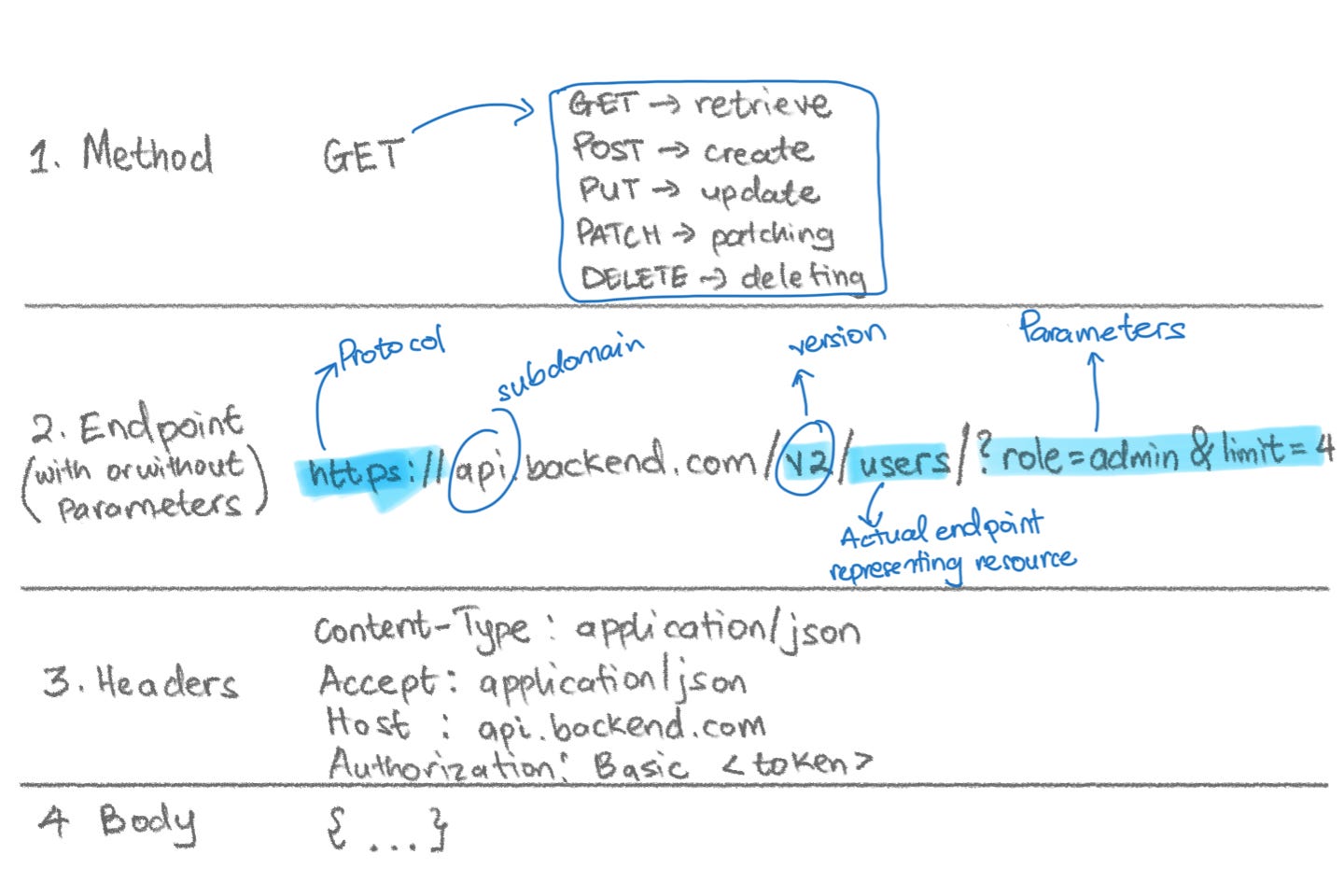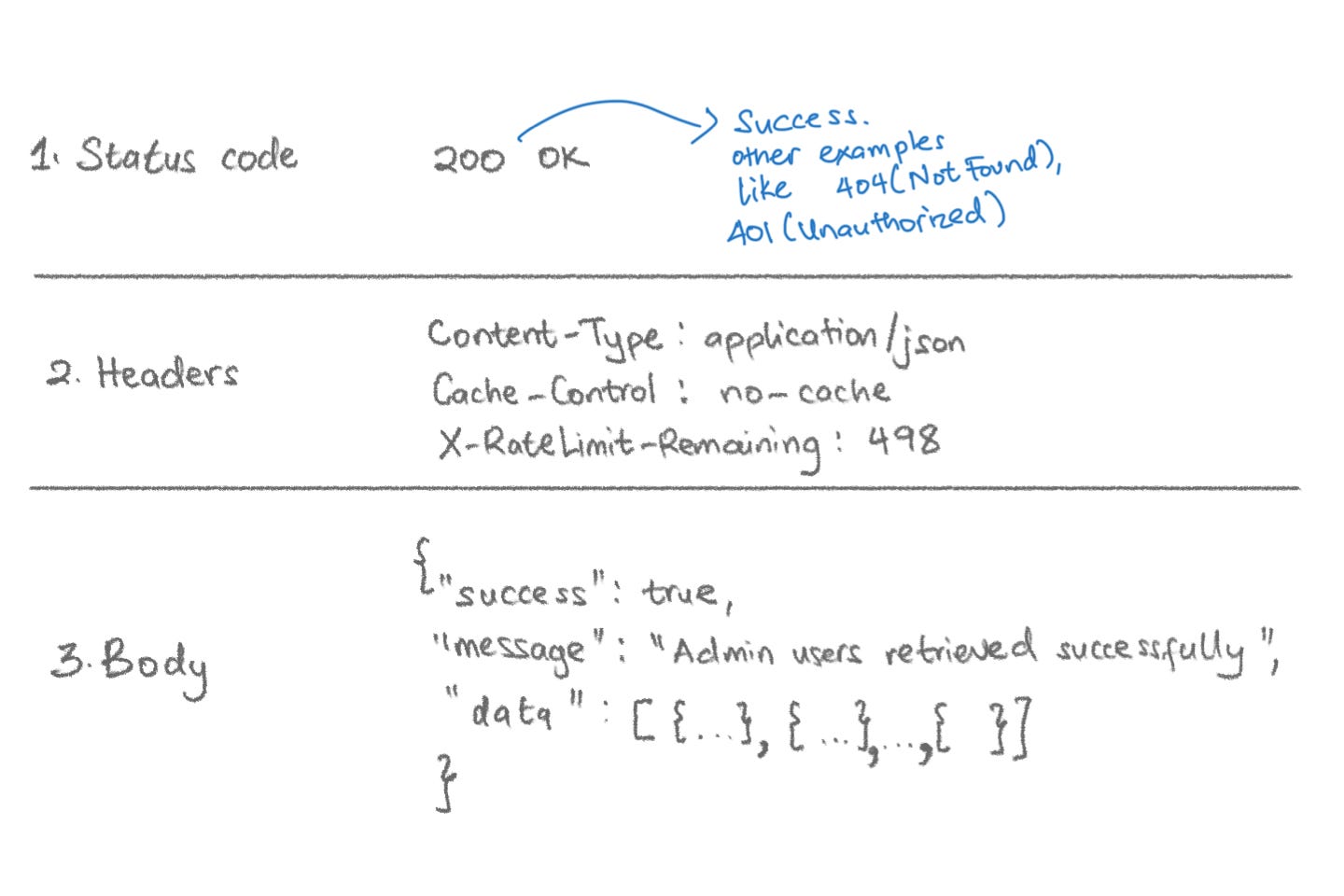In today’s data-driven world, APIs (Application Programming Interfaces) are the unsung heroes behind modern software and analytics systems. Whether you're retrieving live sales data, embedding a map, or triggering a machine learning model, APIs are what make these interactions possible. This article—Part 1 of a two-part series—explores what APIs are, how they work, and why they are critical for advanced analytics. We’ll cover real-world examples, dive into the anatomy of API requests and responses, and highlight key benefits such as system integration, scalability, and innovation.
In Part 2, we’ll conclude with eight API design practices that can help teams build APIs that are not only technically sound but also built with analytics, governance, and collaboration in mind.
What is an API?
An API (Application Programming Interface) is a mechanism that enables two software/application/system components to communicate with each other using a set of definitions and protocols. Here are some examples of APIs in the wild:
Google Maps JavaScript API: a client-side web API that you can use to create your own version of Google Maps, for example, with custom markers to indicate locations on a map, custom map's style and colors, or your own interactive custom data layers.
HubSpot Analytics API: It is designed around the functionality of HubSpot's various tools such as their Customer Management System (CMS), Customer Relationship Management (CRM), and marketing.
Adobe Analytics 2.0 APIs: They allow you to directly call Adobe's servers to perform any action that can be performed in the Adobe Analytics platform, for example, manage any component of the Adobe Analytics platform such as creation of calculated metrics.
Mapbox Web Services APIs: They allow you to programmatically interact with user accounts, get directions or building navigation experiences in your application.
Zillow APIs: They can be used to create applications around Zillow’s data (e.g., curated Mortgage data, Zestimates, Transactions, and Public data) and to send listing data to Zillow Rental network. Checkout the Bridge API platform for more details about these APIs.
Now that we have looked at what an API is and some examples of APIs in the wild, lets dive into how APIs work.
How do APIs work?

APIs work through a communication cycle of requests and responses. The client initiates this cycle—often by an action like clicking a button on a website or through an automated event—by sending a request to the API. The API server, which hosts the actual API (the set of exposed endpoints), receives this request. That is, the endpoints or interfaces exposed to the client. The API processes or manipulates the data as needed, then returns a structured response back to the client.
The anatomy of an API request includes a method, endpoint (with or without parameters), request headers and a request body.
The anatomy of an API response includes a status code, response headers and a response body.
Benefits of having an API
APIs are not just for developers, they are key to modern advanced analytics applications; they enable integration, scalability, innovation, and analytics driven decision making across business verticals and functional teams.
APIs have multiple benefits, below are some of the top ones (according to me).
Improved system integration. APIs act as contracts between systems, allowing seamless flow of data and services across internal and external partners.
Example: In healthcare, APIs enable Electronic Health Record (EHR) systems to integrate with appointment scheduling apps or telemedicine platforms. This reduces duplicate entries, enables predictive appointment scheduling, and improves overall operational efficiency.
Enhanced collaboration and software quality. APIs are used as blueprints for how systems interact. Frontend engineers, backend engineers, data scientists, quality assurance (QA) testers, and DevOps teams can work in parallel based on set specifications. As a result, there is faster development cycles and reduce miscommunication.
Example: A 4PL company building a delivery tracking dashboard can allow backend teams to expose delivery status via an API, while frontend teams design User Interface (UI) components using mock data based on the agreed upon specifications (with the backend team). Testing continues independently and integration happens seamlessly (or much more seamlessly).
Advanced analytics enablement. APIs make the access of real-time data possible, which enables predictive models and dashboards to pull live operational data.
Example: A retail chain can use APIs to unify sales, inventory, and web traffic data. Then, analysts can use this data in Snowflake or BigQuery to run demand forecasts, do dynamic price setting, or run experiments.
Scalability and modular design. Organizations can use APIs to breakdown systems into micro-services, making it easier to scale, reuse parts, and replace parts independently. This can save a lot of time and the company can adapt swiftly to changing business conditions.
Example: Netflix uses hundreds of micro-services exposed via APIs. If one service (e.g., recommendations) needs to scale due to user demand, it can do so without impacting other services like video playback or billing.
Innovation through ecosystems. Public APIs allow external developers to build upon a company’s platform, driving innovation.
Example: Stripe grew rapidly by exposing a simple payments API that other startups could easily plug into. As a result, Stipe became a backbone for many e-commerce businesses globally.
Security. APIs help enforce a layer of protection against unauthorised breaches, for example, through role-based access controls, encryption, and authentication (e.g., OAuth2).
Example: Financial institutions use API gateways to expose only specific endpoints, with strict authentication tokens and audit trails, improving compliance with regulations like PSD2 (see EU directive).
Cost efficiency and monetization. Using APIs to integrate with third-party platforms, businesses avoid building everything in-house. APIs also open revenue streams.
Example: OpenAI’s provides businesses access to its OpenAI API. In turn, some businesses also monetize the API by powering customer support, education, and content generation tools.
Conclusion:
APIs are more than technical plumbing, they are the backbone of scalable, real-time, and intelligent systems. From enabling integration across systems and teams, to powering advanced analytics, APIs offer both flexibility and control. Understanding how APIs work and what makes them effective is essential for anyone building or leveraging data products.
In Part 2 of this series, we’ll explore eight best practices for designing APIs (from an advanced analytics lens of course).



